Portfolio reviews are great events for a number of reasons. Primarily, they’re a place where photographers can go to build community, and get feedback on their work.
Do not underestimate the value of both endeavors. As I tell people in my 21st Century Hustle lecture, (which evolved from this very column,) your peers are the people most likely to help boost your career. If you have their back, in most cases, they’ll have yours.
But what if you’re working in a vacuum? What if, like me, you don’t live in a major city with a teeming and supportive photo community? Visiting a festival with a portfolio review component, and there are now countless across the world, can be a great way to meet new people, have fun, allow ideas to cross-pollinate, and likely have a laugh or two along the way.
As our long-time readers know, my photo career received a massive boost from two consecutive visits to Review Santa Fe in 2009-10, and a trip to FotoFest in 2012. Hell, I’m going back to FotoFest this March as a photographer, as I have some new work I’d like to introduce to the world.
Having now been a reviewer 6 or 7 times, I’d say I have enough experience to know of what I speak. And as I said last week, Filter is a terrific festival, and I couldn’t recommend it more highly. But no experience is perfect, and you know I can’t pass up a teachable moment, so…
Filter, like most reviews, is not juried. That means, from a reviewing perspective, you have no idea who is going to turn up at your table at any given moment. It might be a highly trained artist, with an MFA and a long exhibition record. Or it may be a hobbyist who’s been shooting pictures for decades, for fun, and believes his or her work is ready for the big time.
My strategy is to ask a few questions at the beginning, to suss out someone’s background, what they’re looking for, and how I can best help them achieve those goals. I take the job very seriously, and work hard to be of service to whoever’s sitting across from me. Portfolio reviews cost money, and I don’t want to be the schmuck who makes a photographer doubt the investment of time and resources.
As soon as I got back from Filter, Rob co-incidentally did a post where a photographer asked him whether it was worth attending a portfolio review event without a portfolio? Could an Ipad alone make it worthwhile? I couldn’t help making a snarky tweet about it, because that’s what Twitter’s for. (The gist of it was, if you aren’t prepared, why go?)
Therefore, allow me to share some advice that you might or might not have heard/read before:
If you’re going to invest the money, invest the time. Do research on who will be at an event. Choose your reviewers carefully. Figure out what type of work they publish, exhibit, or support in their organizations. (Don’t leave it to chance.)
Print up the best, most cohesive work you can, in a consistent size. Put the prints in a nice box. Decide ahead of time what type of questions you want to ask, and what type of advice you’re looking for. Know as much as possible about each person you’re sitting with, to ensure that you’ll suck the marrow from each 20 minute session.
This type of preparation is VITAL.
I had three reviews in a row, one afternoon, where the photographers came to my table knowing nothing about me whatsoever. Not my name, my biases towards edgy/artsy work, nor the type of photos that are published in the NYT Lens blog. Each sat down, as ignorant of what I could do for them as a rabbit staring at a coyote, hoping he’ll offer up a carrot for lunch. (Excuse me, Mr. Coyote, but why are you putting my head in your mouth? Are there carrots in there?)
Of course, it’s a difficult conversation from that point on. One person understood me to say, “You don’t know who I am? How do you not know who I am? You’ve never heard of the famous Jonathan Blaustein?” as if I had an ego the size of Trump Tower Chicago. Would I really say something like that? Of course not. (But conversations are two ways streets, and sometimes, they go wrong.)
What I said was, do your homework. Show up prepared. Treat your aspiring photo career with the same focus and rigor one uses in one’s day job. Get the best bang for your buck, or don’t bother.
That advice seems obvious, and I apologize if you feel I’ve wasted the 5 minutes it’s taken you to read this article. But I happen to think it’s worth saying, and it does apply beyond the portfolio review environment.
It’s a rough world out there. Tens of thousands of trained photographers are battling for very few slots in galleries, museum exhibitions, shooting for newspapers or magazines.
Everybody wants acclaim, but there’s only so much to go around, even in a world of viral attention spans.
So if you’re not prepared to do what it takes, I’d suggest you don’t bother. There’s nothing wrong with doing art only for yourself. Most people operate that way.
But if you’re going to seek out an audience of perfect strangers, you ought to respect them, and yourself, by working as hard as you can to make sure your pictures, and your business practices, are worthy of their respect.
Rant over, I can honestly say that my time in Chicago offered many of the same benefits that photographers get: great conversation, deep inspiration, new ideas, fresh energy. Once again, I thank the Filter folks for inviting me, as I’m grateful for the experience.
Now it’s time to show you some more of the best work I saw at Chicago’s Filter Photo Festival last month. (In no particular order.)
We’ll lead off with Bruce Morton, whose work I showed here last year, after meeting him at Photo NOLA in New Orleans. (Another festival I highly recommend.) Bruce blew me away, as he’s the kind of guy who radiates positive energy. The good vibes beam out of his perma-smile like electricity off a taser. (Don’t tase me, bro.)
Bruce was showing pictures from his edgy series, “The Audience,” in which he photographed spectators at all types of events near his home turf in rural Illinois. They’re not exactly flattering, nor are they mean-spirited. But they are fascinating to look at, IMHO.
I’d also like to add that lately, since English-photo-world-good-guy Stuart Pilkington had an unexpected stroke, I’ve been thinking a lot about how quickly life can change. How easily we take our relative good fortune for granted. When I asked Bruce how he was doing, in passing during our email communication, he told me that he had suddenly lost almost all the vision in his left eye, due to wet macular degeneration. It won’t get better, and he’s now mostly blind in one eye. Just like that.
So let’s all send some good thoughts Bruce’s way. (When you have a moment, of course.)
Susan Rosenberg Jones showed me one of my favorite portfolios at Filter, shortly after we looked at a joyless project about her fellow tenants in a rent-stabilized building in Tribeca. It was stilted, which made the next pictures that much more shocking.
Susan lost her husband a few years ago, which is of course very sad. But then she met and married the one and only Joel Roskind, and they’re very happy. It just so happens that Joel Roskind is a Jewish guy who likes to walk around their apartment naked all the time. What? These pictures are therefore warm, hilarious, and witty. It’s not often we get to ogle an ass like Joel Roskind’s.
David Freese brought a portfolio of images from his series “East Coast: Arctic to Tropic,” which will come out in book form next year. It is an examination of the East Coast, from North to South, that attempts to convey the hazards of melting ice caps, and rising sea levels. It’s hard to engender actual fear in the populace, when the change creeps along more slowly than a drunk turtle.
But by the end of the series, all that water began to take on a bit of menace. The sea itself felt like Jaws, looming out there, ready to strike. All that water, and all those cities, so very vulnerable to its power.
Jack Long sat down at my table, and almost immediately I noticed that he was missing some digits. As I once almost cut off my thumb, I felt an immediate kinship with the dude. And he gives off the vibe of a carpenter on payday too, which was cool.
Jack showed me some pictures that he called liquid sculptures. He has his own process where he whips liquid to the point that it rises in the air, and he photographs it at 1/8000 of a second. (I guessed the shutter speed correctly.) Some of them were kind of decorative, but as we went along, others began to refer to sea creatures, or psychedelic aliens from a parallel dimension. Cool shit.
I met Krista Wortendyke during the portfolio walk Saturday night. She had a photograph that showed three images of war; one real, one from cinema, and a third from a video game. They were all hyper-real, and the mashup made a strong point about the degree to which the fetishization of violence is ubiquitous. The series is called,(re): media, and I think you’ll dig it.
Last, (but of course not least,) we’ve got Victor Yañez-Lazcano, a Mexican-American photographer based in Chicago. (He also works at Latitude, the print studio that is run under the Filter umbrella.) This is one time where the order does matter, as I looked at Victor’s work at the end of the last party, on the final night.
His was likely the 60th portfolio I saw, but I’d been told his work was great, and I certainly thought so afterwards. Victor’s family came from Mexico, so he’s examining identity, and what it means to be Mexican-American in a family of Mexicans. Apparently, he spent some time shooting here in New Mexico, (down South,) so how could I not share the pictures with you.
OK. That’s it for today. We’ll have one more Filter article for you next week, and as a special treat, a 2 part interview with a massively important artist as well. Stay tuned. (Same Bat time. Same Bat channel.)
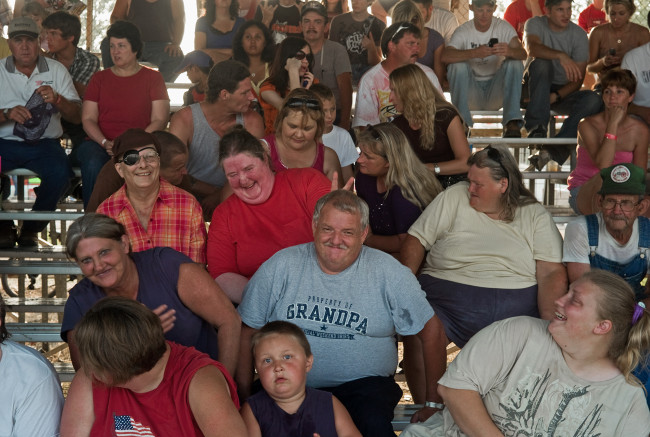
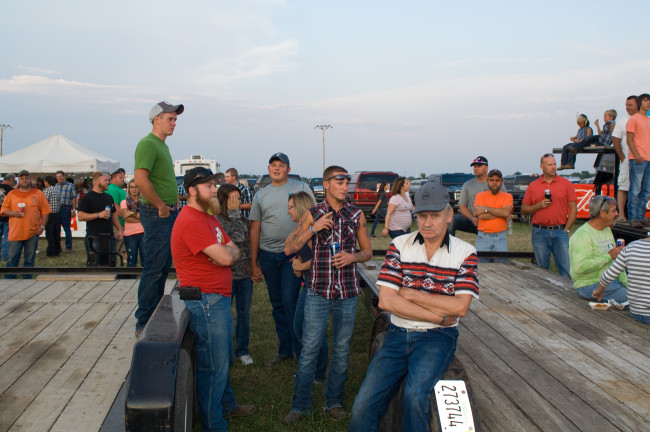
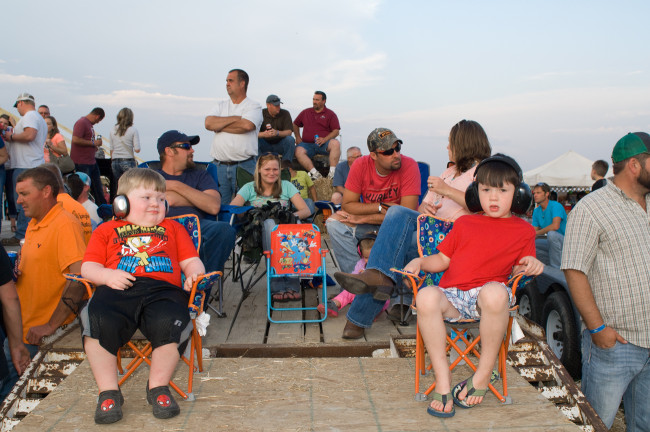


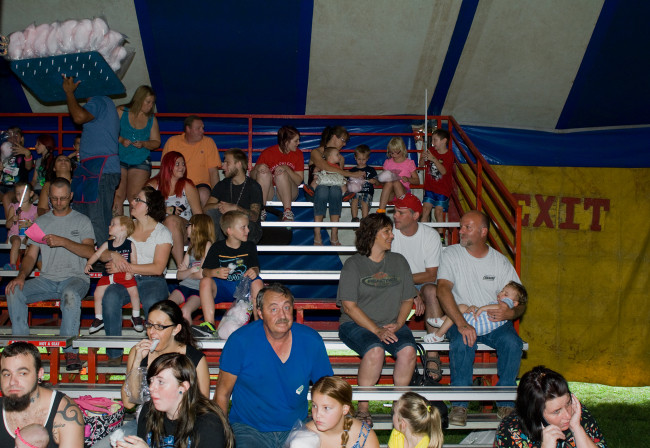
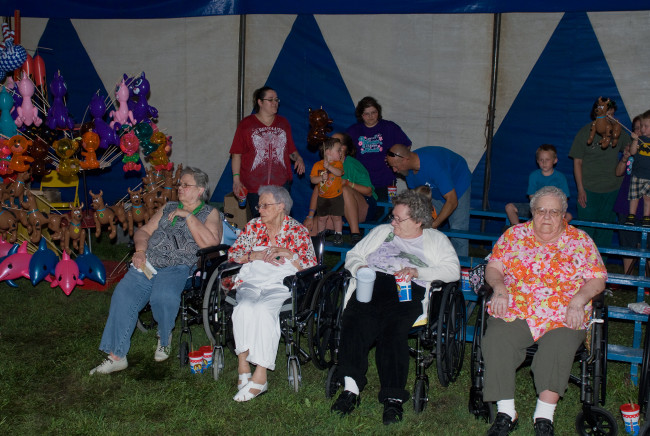


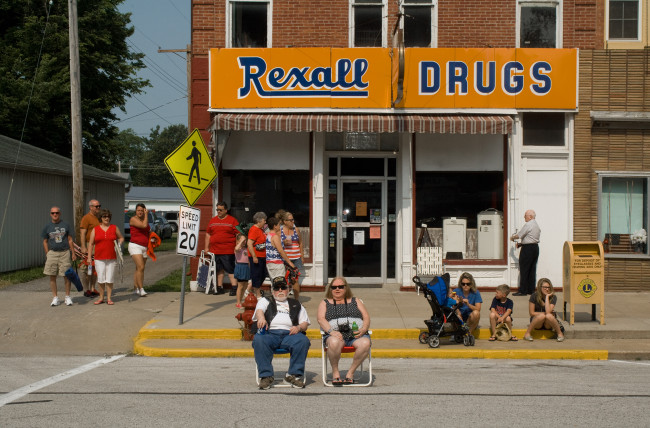

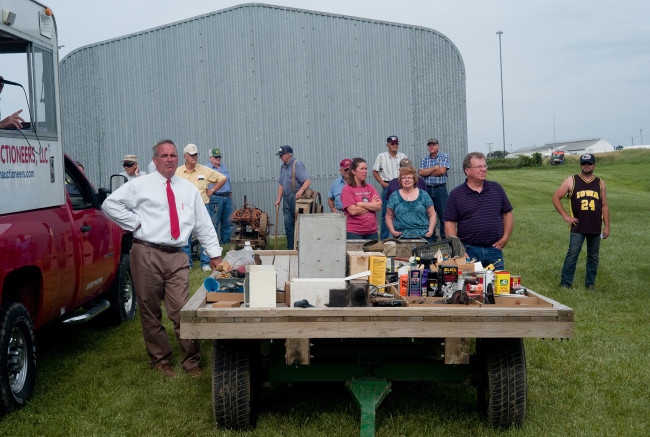

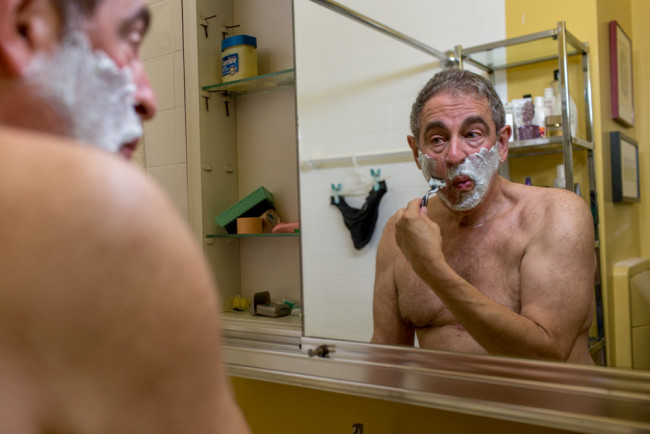

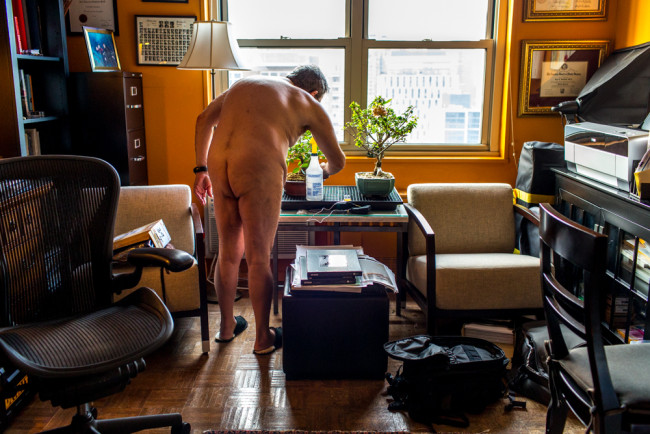
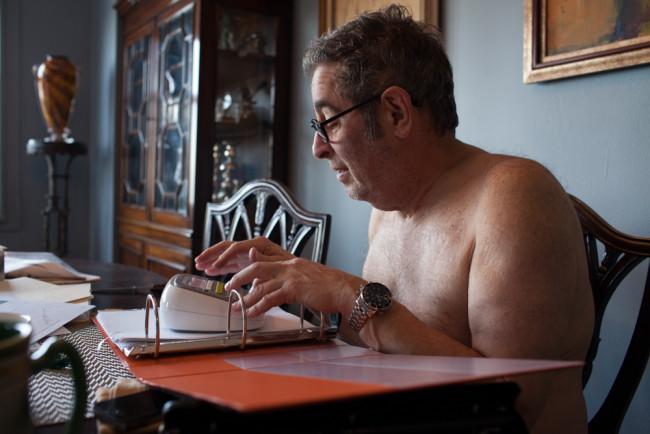
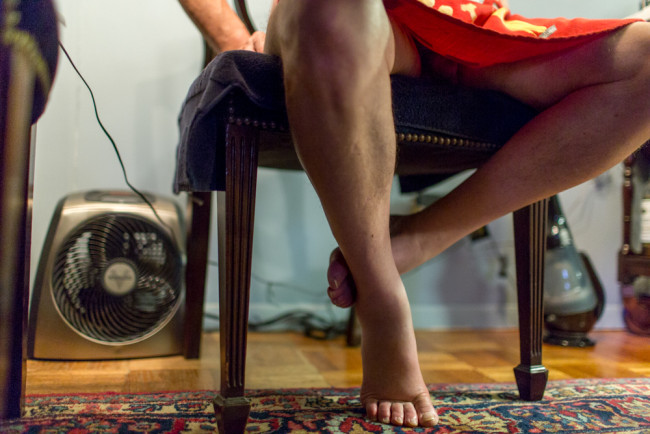
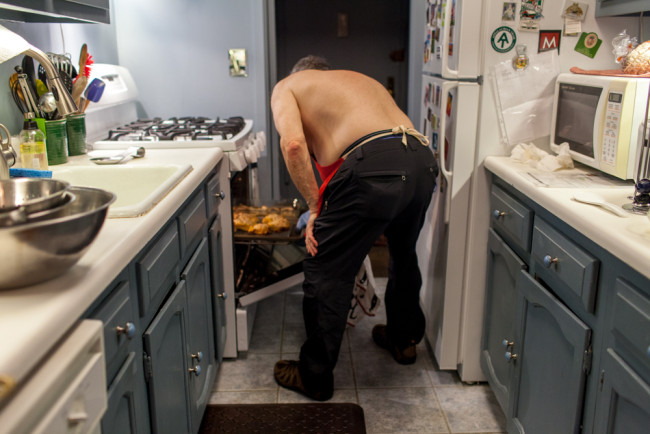

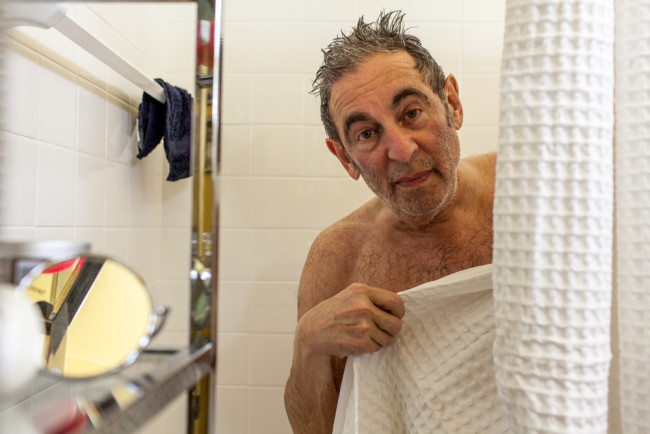
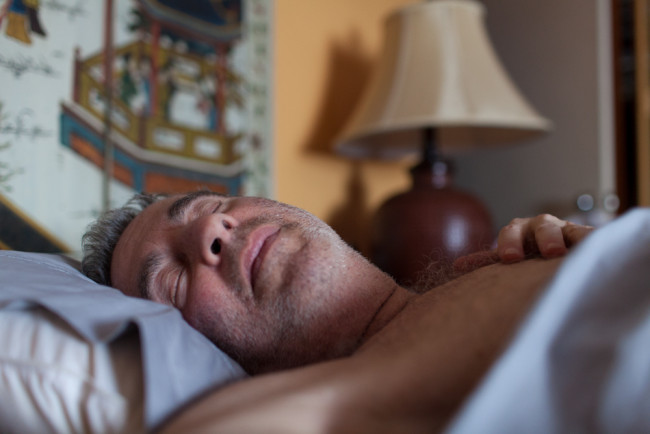
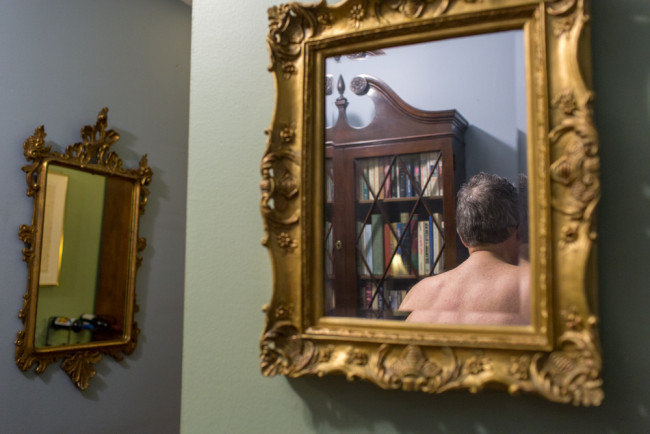
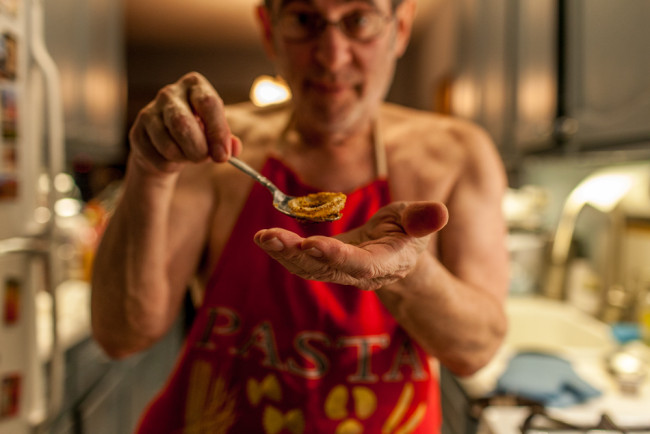


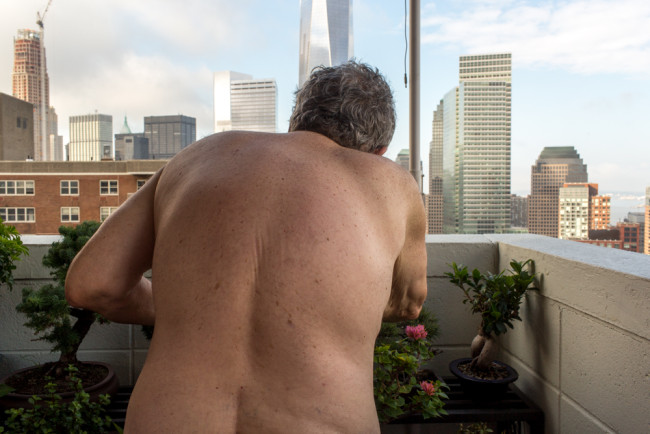
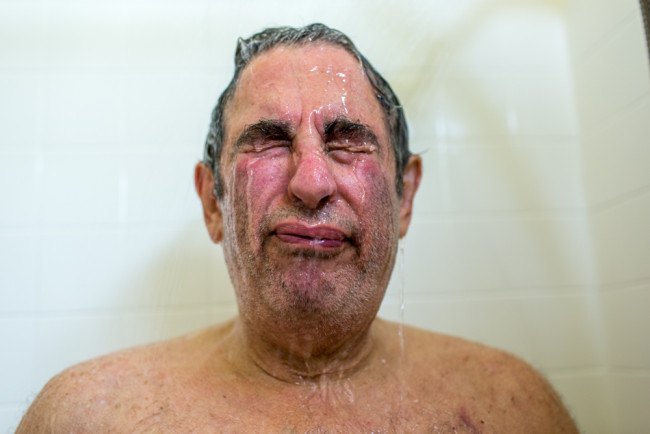
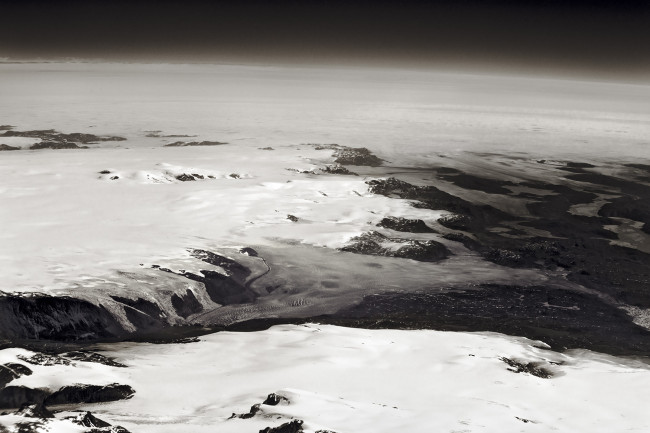
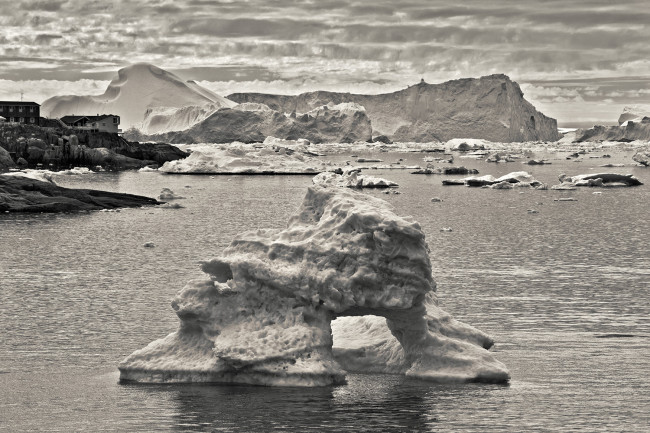




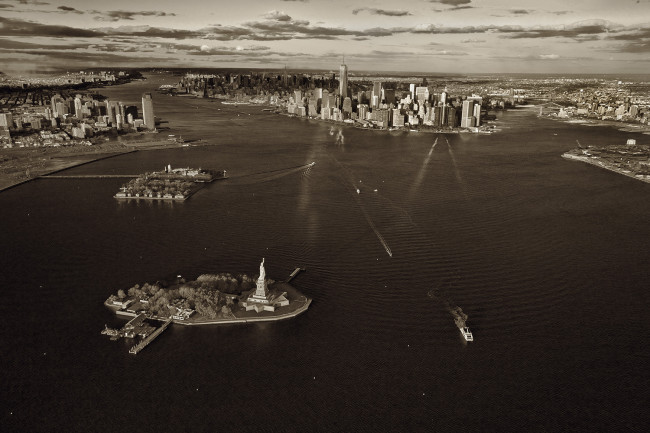
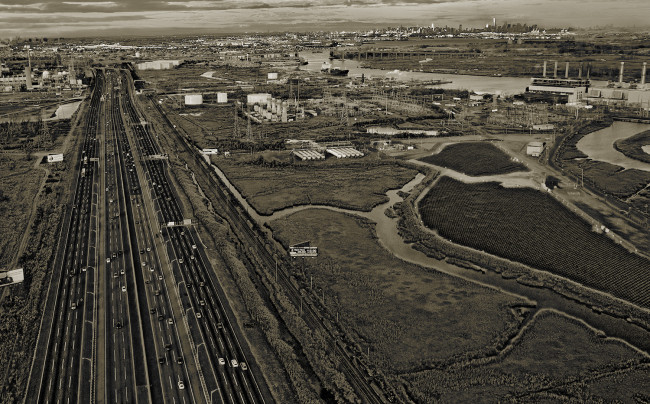
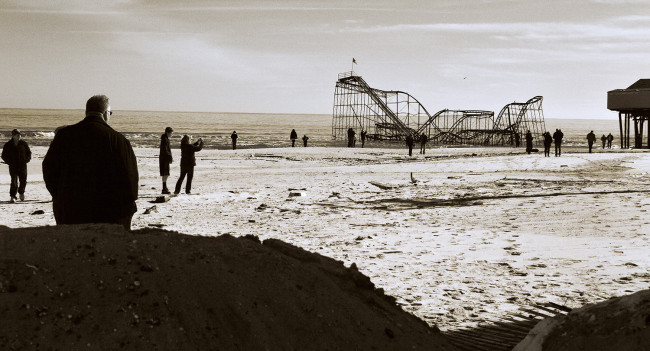



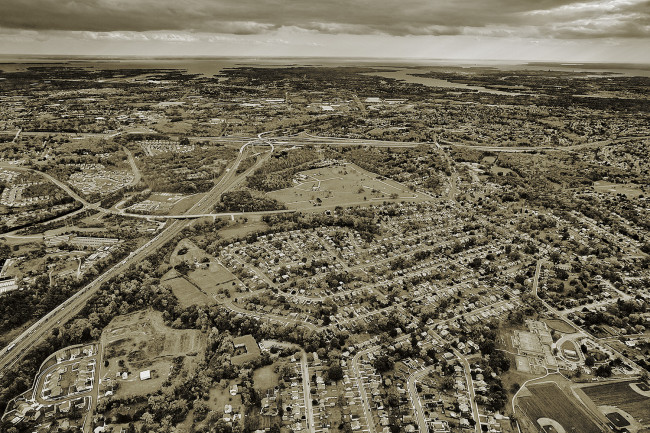
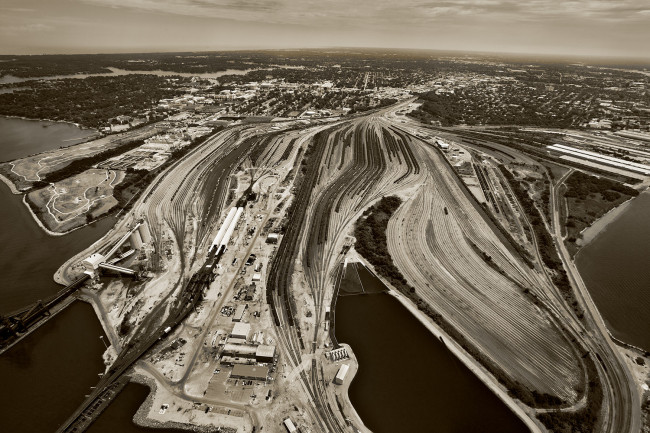
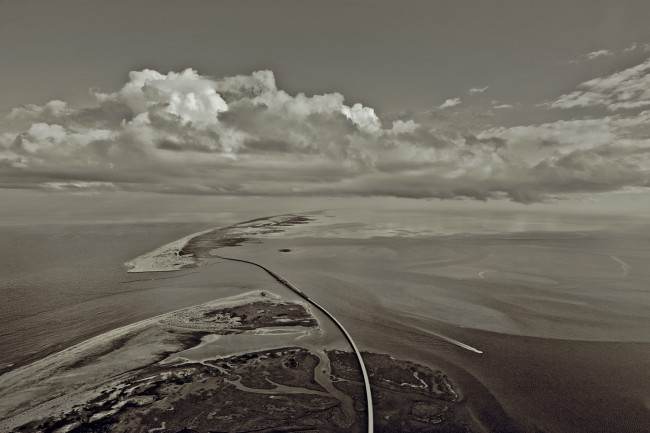

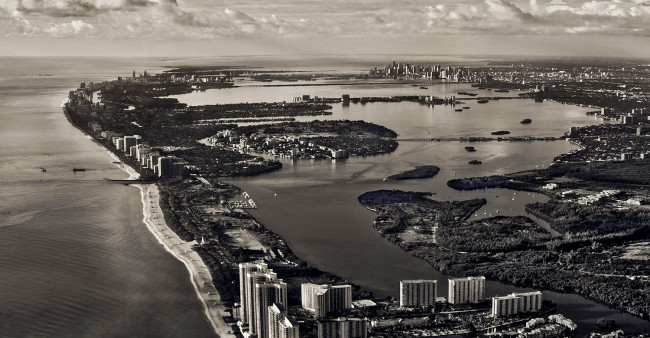


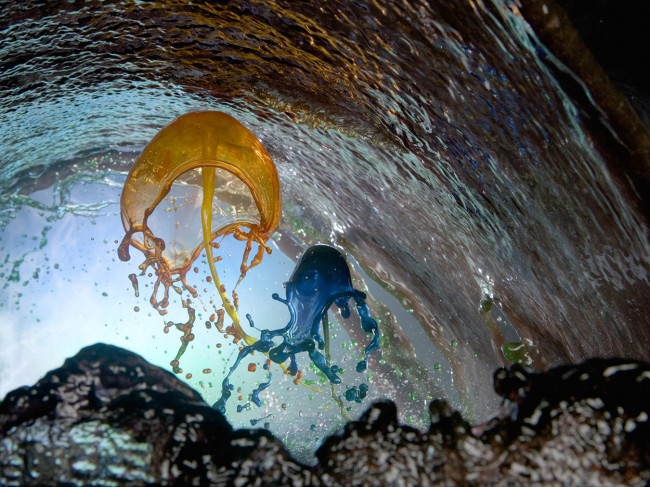
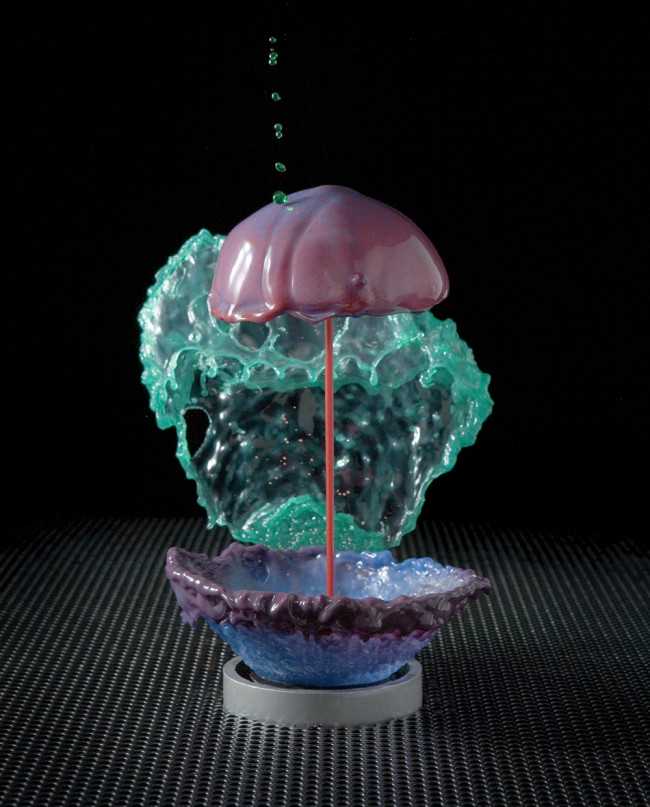
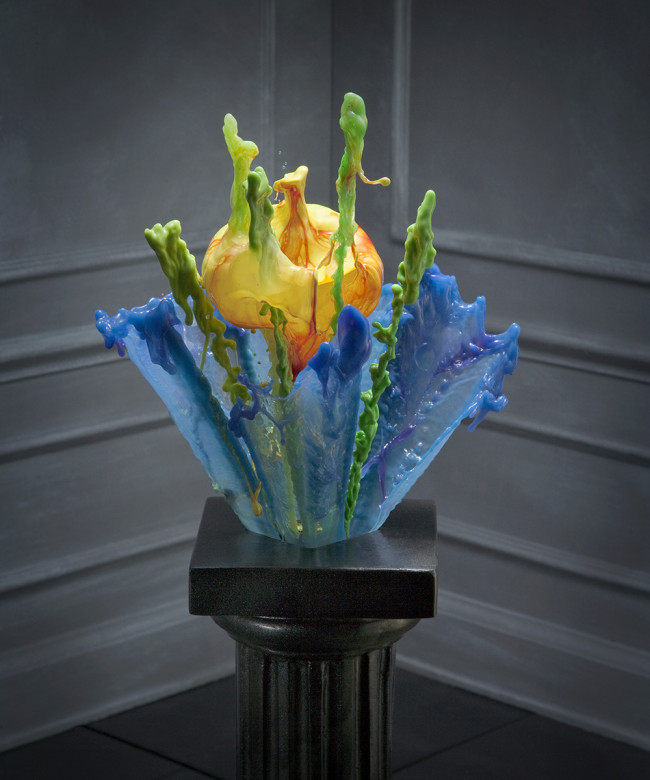
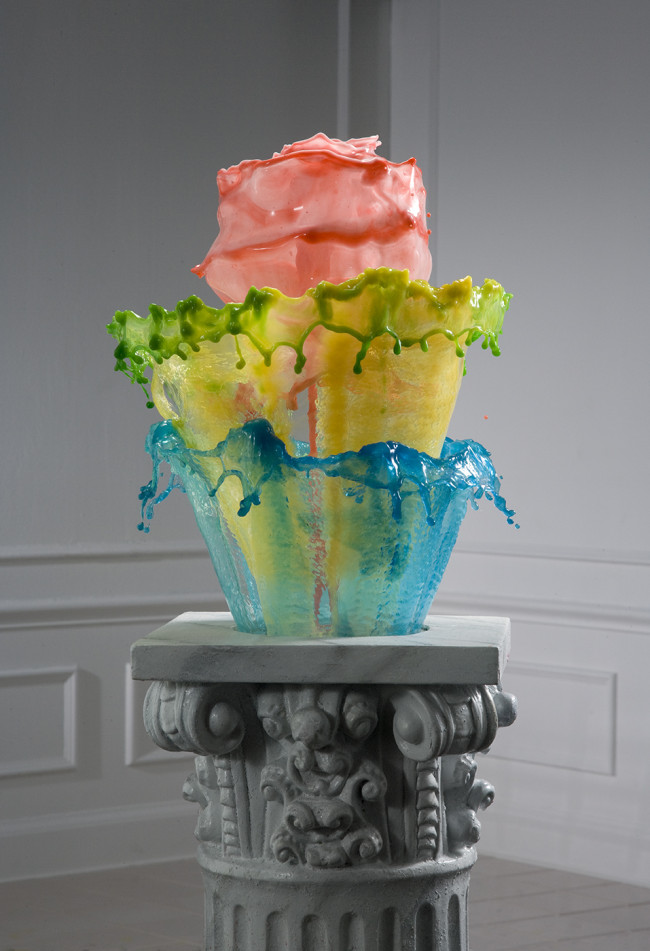


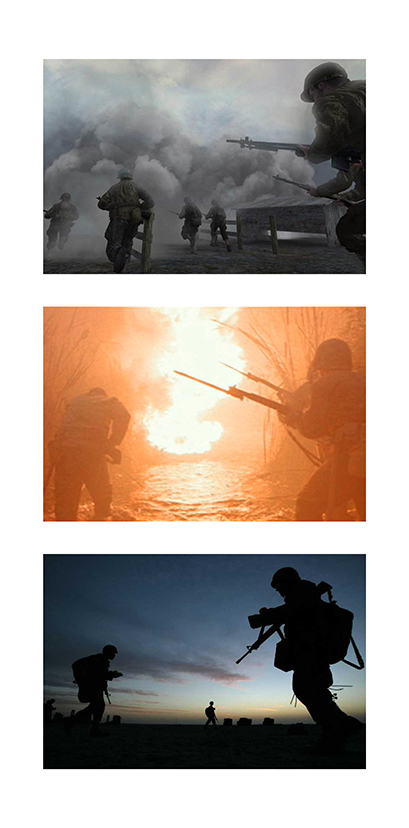

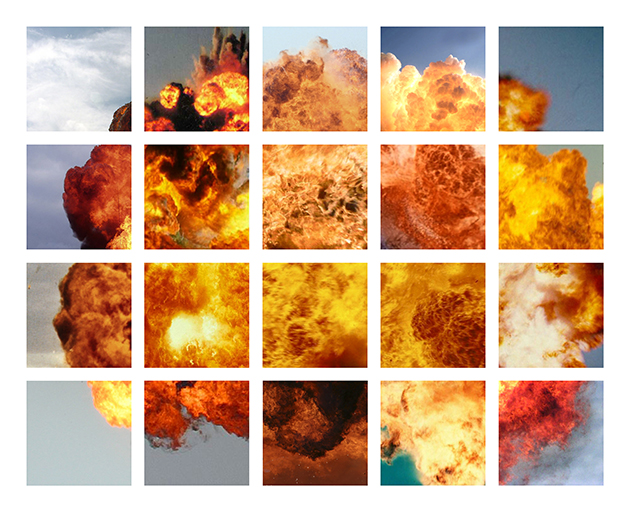

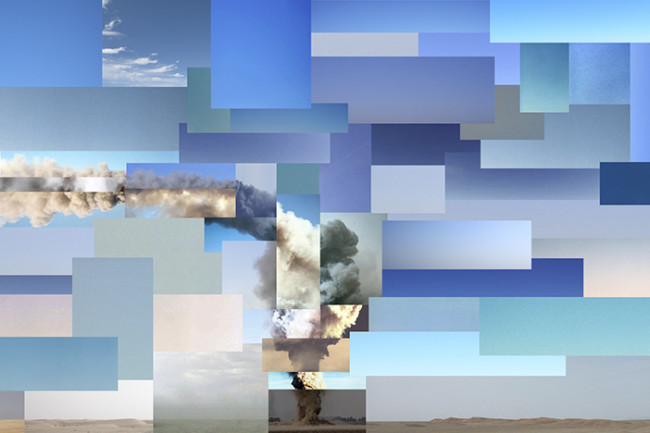
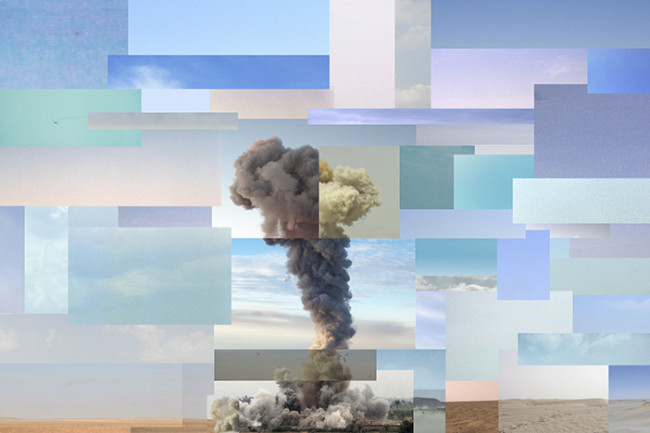
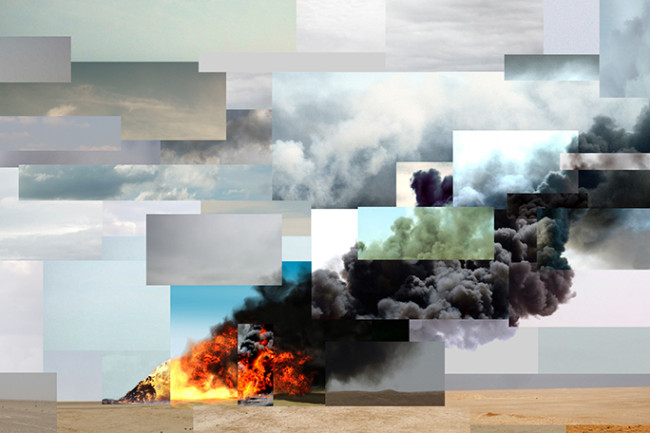
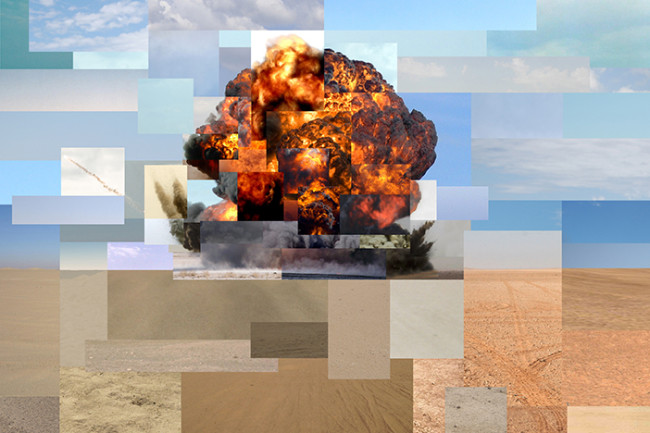



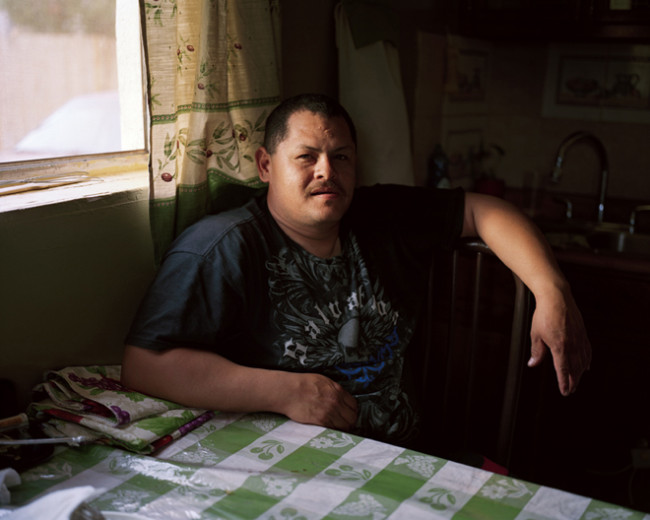
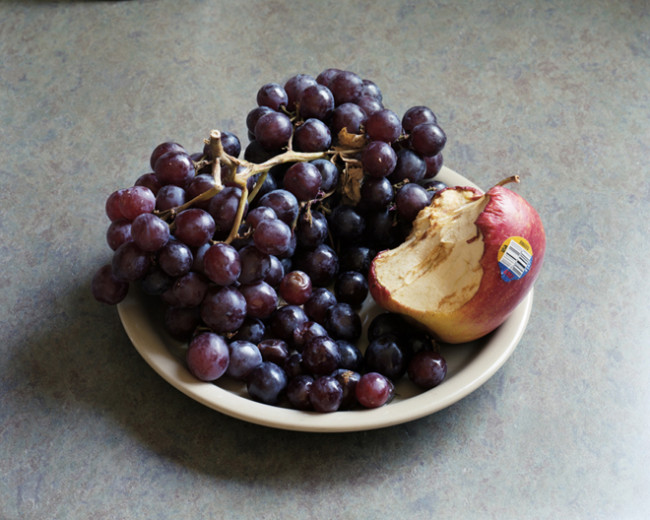
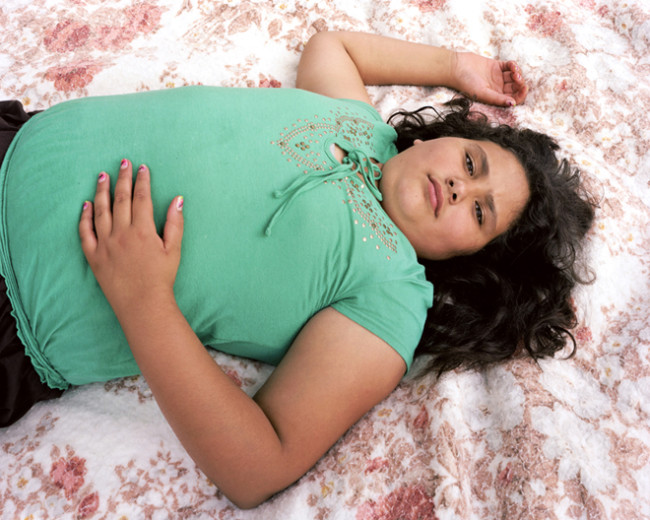
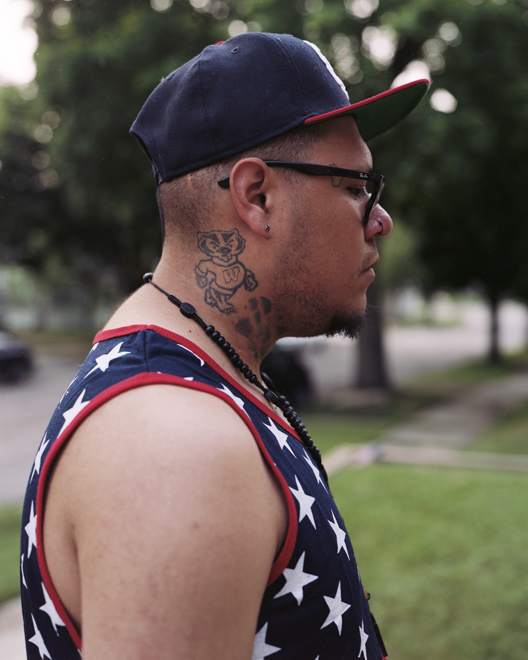


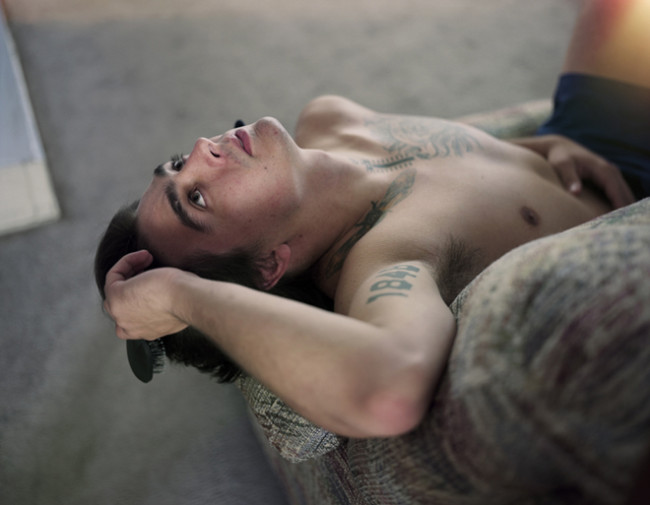
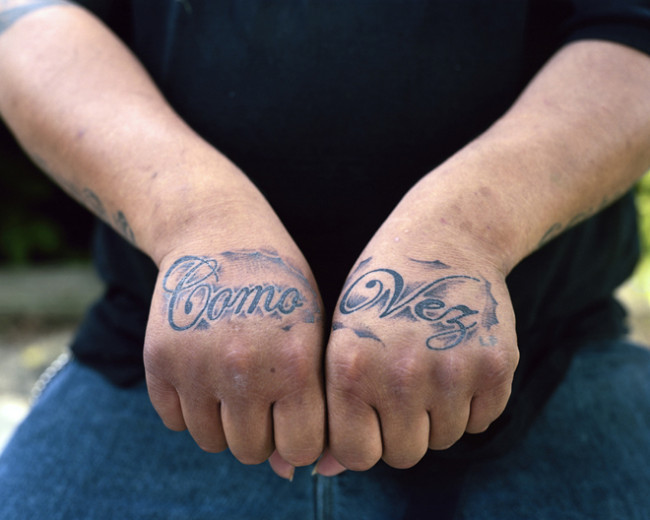



1 Comment
“Carpenter on pay day” Good one! :)
Thanks,
Jack
Comments are closed for this article!